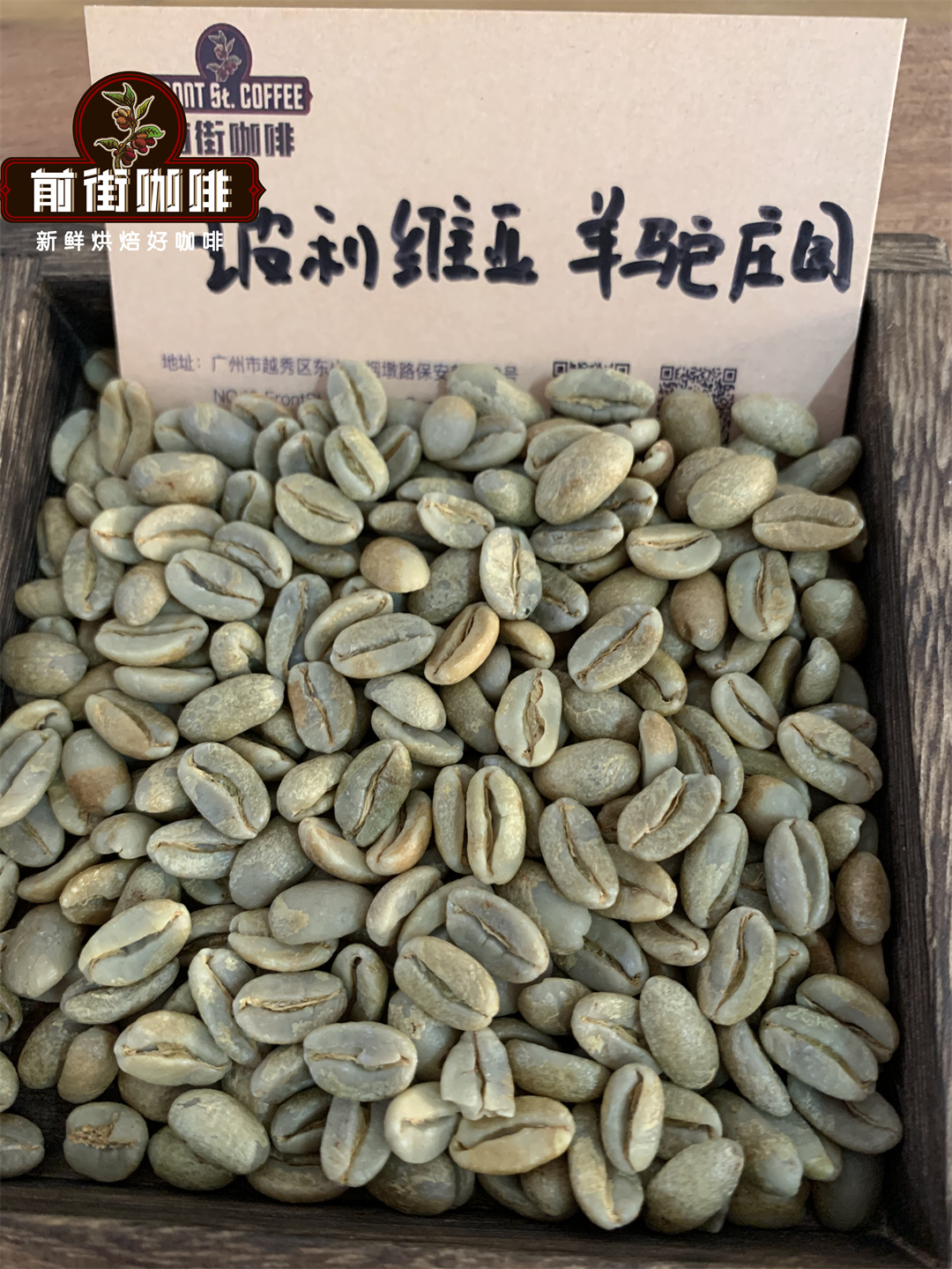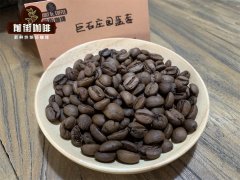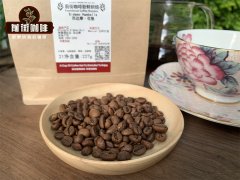Bolivian boutique coffee what is Bolivia's unique coffee bean treatment?
Some time ago, the front street coffee on the shelves of a coffee from glass via, called Bolivian cocoa sun Kaddura. We often hear that the altitude of coffee planting will have a great impact on the flavor of beans, the higher the altitude, the better the flavor of coffee beans, so coffee will also be planted at high altitude. However, there is one strange thing you may not know.
That is, there is a place that goes in the opposite direction and wants to grow coffee at a low altitude. This place is Bolivia. Unlike other coffee producing areas, Bolivian coffee has to drive down for several hours from a city of 3600 meters above sea level. Coffee can only be grown in areas below 2000 meters above sea level.
Bolivia has high altitude and diversified topography, creating high-quality and sour boutique coffee Bolivia is a dark horse producing area of boutique coffee in recent years, located in various estates with high-altitude and complex terrain in South America, with different characteristics.

Today, Qianjie Coffee is going to introduce the special treatment of coffee beans in three estates and Bolivia.
Bolivian Coffee Bolivia Coffee
Towering peaks, dreamy salt lakes, grasslands rich in wildlife resources. The superior natural environment and resources make it the cradle of coffee. Bolivia may produce negligible coffee in the coffee-producing countries of South America, but this beautiful country brings boutique coffee as charming as its scenery, so locals proudly call Bolivian coffee "the taste of heaven".
Unlike other coffee producing areas, Bolivian coffee can be grown only after hours of driving down from a 3600-meter city to areas below 2000 meters above sea level. Among them, North Yonggas Highway (North Yungas Road) is recognized as the first dangerous road in the world. The mountain road is basically close to the edge of the cliff, and there is no guardrail, there are foggy days, often overturning, so it is also known as the "death road".

Alpaca Manor
The manor is named after the cute animal alpaca in Bolivia. Although the area of the manor is small, it is famous all over the world. With all the natural resources suitable for coffee growth, such as high altitude, fertile soil and lush forests, the manor owner hopes to use this manor to show local farmers modern planting techniques and ideas. and let them know that new coffee trees can coexist with old ones.
Alpaca Manor is an old estate that has been in operation for 15 years before it met Pedro, which is trying to promote Bolivian coffee beans on the international stage. But they also receive tutoring from Pedro, gradually growing different coffee beans separately and in a better way to produce high-quality boutique coffee beans.
Alpaca Manor has a wide variety of coffee beans, including bourbon, kabuki Java, SL28/SL34, Kaddura and so on.
FLORIPONDIO Mumandra Coffee Manor
The Mumandra Manor and the Castle Heritage Manor are located in the same area, the Samayi Pata area, which is high in altitude but not easy to grow coffee, but they have found suitable microclimate and excellent soil blocks in the area. So Mumandra Manor has become an experimental manor of boutique coffee! The estate grows more than 50 boutique coffee varieties, including Red Kaddura, SL28/SL34, Batian, Pacamara, Java and so on.
It is worth mentioning that there are really a lot of wooden mandala in the manor. It is a neurotoxic plant. In traditional culture, witches will eat its soup to communicate with the gods. The Mudra Manor often reminds visitors not to touch and smell the Mudra.
Eagle Coffee Manor in GAVILAN Province
Martin, the owner of the provincial eagle manor, grew up in the coffee town of Caranavi, Bolivia, where local coffee farmers have stopped growing coffee because of a decade-long market recession. Martin also gave up, and then decided to start over together after meeting Pedro, taking Bolivian coffee beans to a new level, so he set up the Provincial Eagle Manor.
Shengying Manor is a young manor with excellent strength. I believe there will be a chance to drink their coffee in Taiwan in the near future!
Bolivia's unique method of handling coffee beans
We all know that the treatment of coffee beans has a lot to do with the local climate, especially the number of days of sunshine and the difficulty of obtaining water, as well as the degree of development of local treatment plants.
As the coffee producing areas in Bolivia are relatively cloudy and sunny, the sun schedule must be very fast to avoid rain. They developed a method called cocoa solarization, which turns every half an hour during the sun and is sent to the dryer for secondary drying before it is fully dry for three days to reduce the water content to 12.5. The fermentation process, which is flipped every 30 minutes, creates a clean and bright process that is difficult to achieve in the general sun.
In the process of washing, it is found that some Bolivian coffee beans are suitable for the traditional way of removing pectin with water and fermentation bacteria, while others are suitable for fermentation without water, developing 16 hours of low temperature anhydrous fermentation water washing, very special! The original water fermentation water washing treatment law will be fermented in water for 18 hours.
No matter with or without water fermentation, we pay great attention to every detail and strictly monitor the moisture content, Brix sugar content, pH value and so on, all in order to produce world-class coffee!
Important Notice :
前街咖啡 FrontStreet Coffee has moved to new addredd:
FrontStreet Coffee Address: 315,Donghua East Road,GuangZhou
Tel:020 38364473
- Prev

What is the standard of coffee grading in Central and South America? does altitude determine the level of coffee?
It is understood that the more common classification of coffee beans is generally based on the size of coffee beans, according to the size of the sieve, and also according to the defect rate. of course, the difference in this classification also goes deep into every country and region, and they cannot be done step by step. after all, there is a big difference. Most of the Central and South American countries are in Central and South America, and most countries are classified as one.
- Next

What is the standard of freshness of coffee beans what is the least favorite factor of fresh coffee beans
Every time you buy coffee beans, you may want to try different coffee beans at the same time, but a bag of coffee beans always takes off by half a pound. If you are on the edge and can't finish them at once, how do you save the coffee beans? So another problem arises: what if the coffee beans are kept for too long and the coffee becomes untasty? Coffee beans are like other foods, the more fresh they are, the more authentic they are.
Related
- What brand of black coffee is the most authentic and delicious? what are the characteristics of the flavor of the authentic Rose Summer Black Coffee?
- Introduction to the principle and characteristics of the correct use of mocha pot A detailed course of mocha pot brewing coffee is described in five steps.
- Which is better, decaf or regular coffee? how is decaf made?
- How much is a bag of four cat coffee?
- How about four Cat Coffee or Nestle Coffee? why is it a cheap scam?
- Which is better, Yunnan four Cats Coffee or Nestle Coffee? How about cat coffee? is it a fake scam? why is it so cheap?
- How about Cat Coffee? what grade is a hoax? which instant coffee tastes better, four Cat Coffee, Nestle Coffee or G7 coffee?
- Process flow chart of coffee making-Starbucks coffee making process what coffee tastes good at Starbucks
- The top ten best coffee beans in the world Rose summer coffee or Tanzanian coffee tastes good
- Yunnan four cat coffee is good to drink?_four cat coffee is a big brand? four cat blue mountain coffee is fake?

